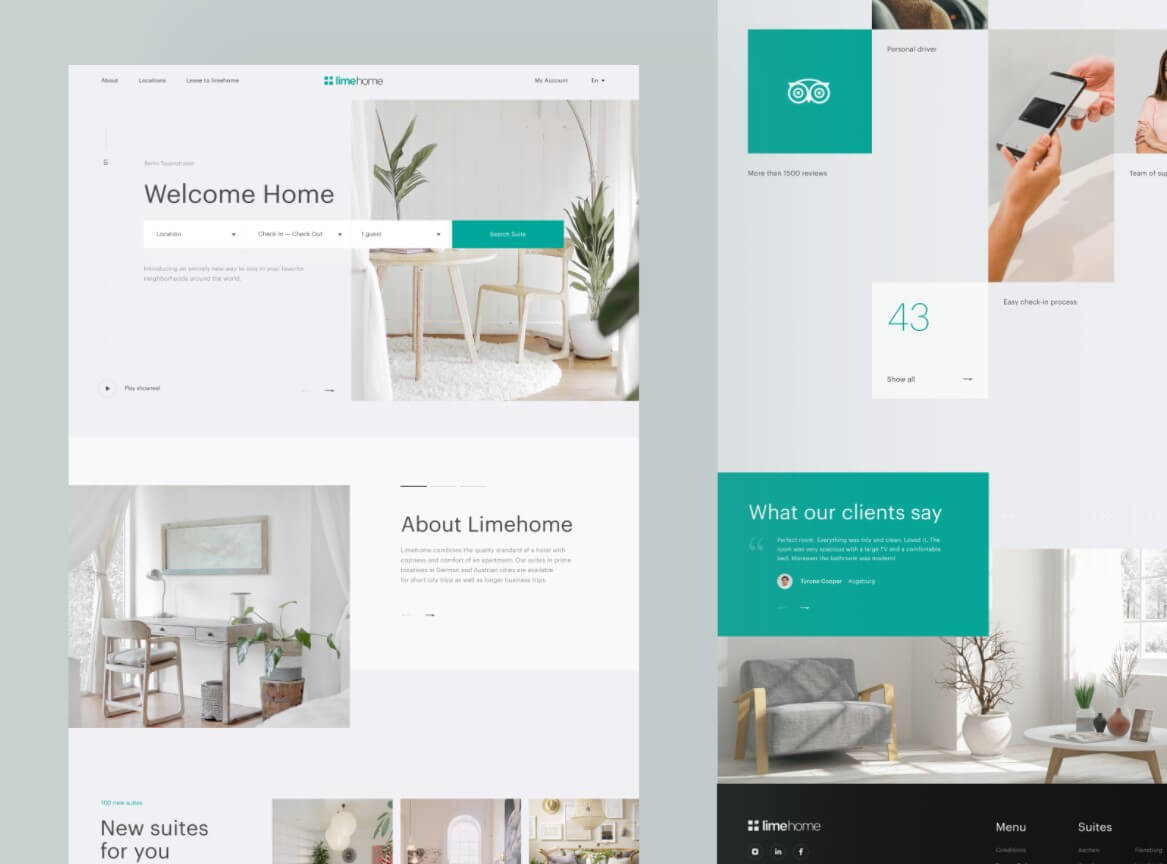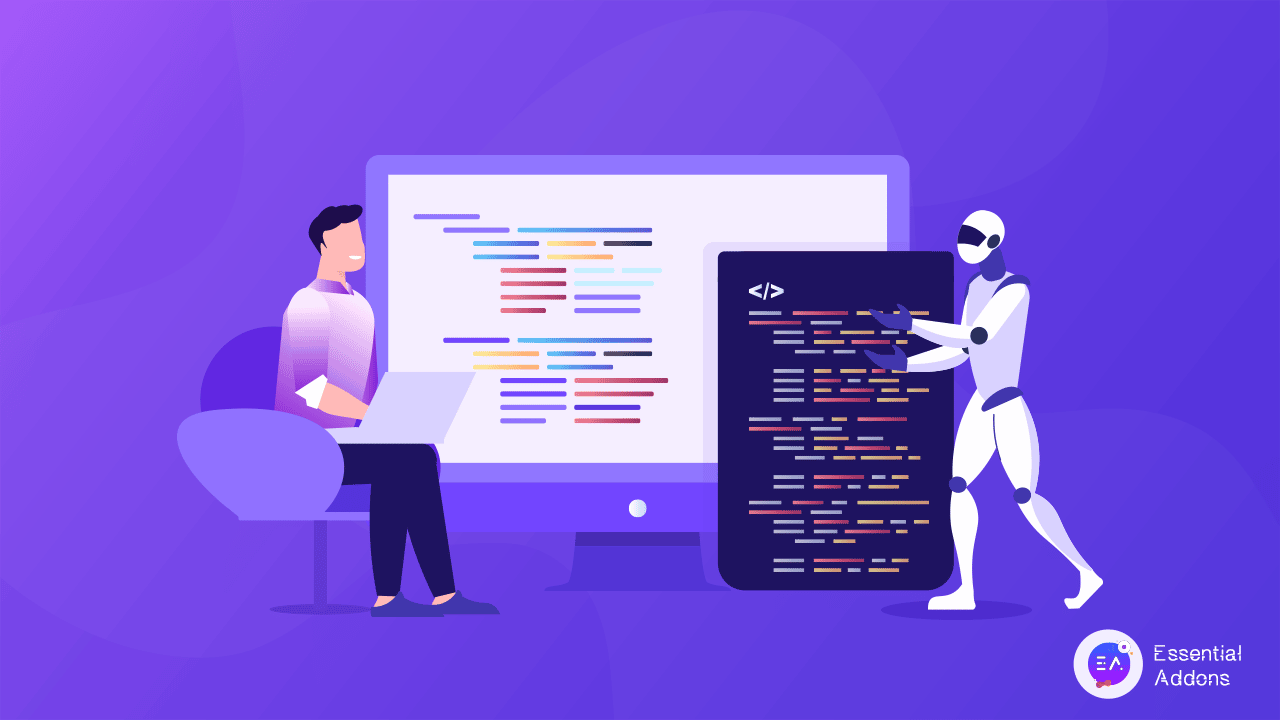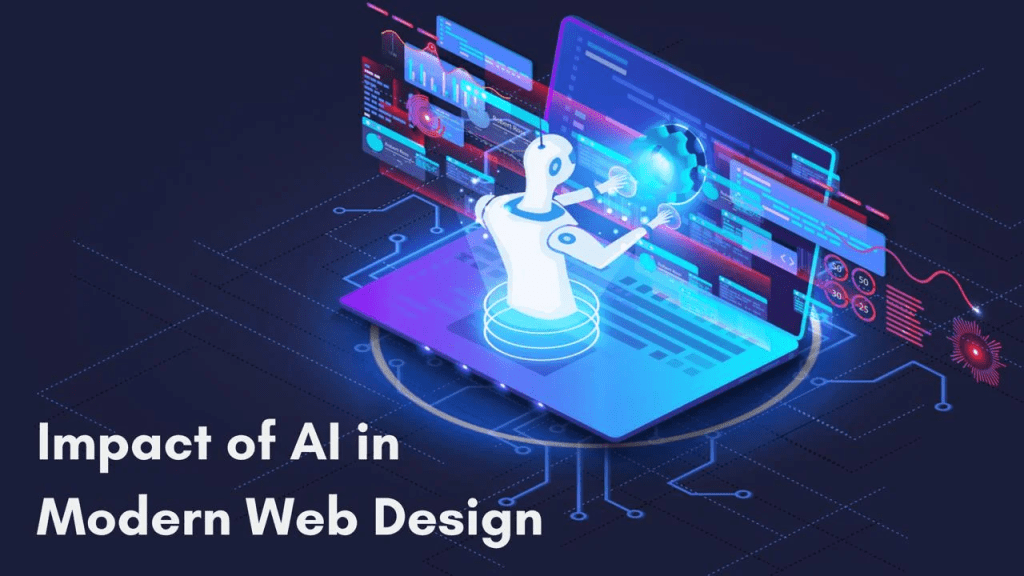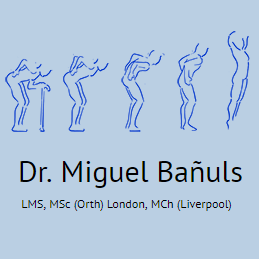AI in modern web design is reshaping the landscape of digital experiences, merging artistic creativity with cutting-edge technology. The integration of artificial intelligence web design tools allows designers to streamline processes while crafting personalized web experiences that align effortlessly with user needs. With these advanced AI tools for web development, designers are empowered to create accessible web design that caters to a diverse audience. As the future of web design trends evolves, AI continues to play a pivotal role in enhancing both efficiency and innovation. In this dynamic realm, understanding how AI influences design methodologies is essential for staying relevant in the ever-changing digital marketplace.
Artificial intelligence is dramatically transforming the approach to web aesthetics, enabling a fresh perspective on the creation and functionality of digital spaces. Innovations in smart design software provide tools that not only enhance visual appeal but also facilitate accessibility and user engagement through adaptive interfaces. By harnessing the potential of AI technologies, professionals can explore the complexities of user behavior and elevate the personalization of web offerings. As we navigate this new era, it is vital to consider the implications of these advancements on web structure and usability. The integration of advanced algorithms sets the stage for a future where web design is more intuitive, responsive, and inclusive.

The Transformation of Creativity in Web Design
Gone are the days when web design solely relied on manual coding and traditional aesthetic principles. The emergence of artificial intelligence has injected a vibrant breath of fresh air into the industry. Designers are now equipped with tools that can suggest layouts, styles, and even color palettes based on vast datasets. This shift not only frees up creative time but also sparks new ideas that might not have surfaced through human contemplation alone. As AI learns from worked examples, it starts to engage in a dance of creativity, enhancing human vision with computational insights.
Imagine a designer sitting at a workstation, merging their imaginative flair with AI insights that suggest the most engaging designs. It’s as if an invisible partner assists, churning out variations of a project in mere seconds, pushing the boundaries of creativity without the drudgery of repeated iterations. This collaboration—between artistry and technology—heightens engagement with users, creating an immersive web experience that resonates deeply with audiences.
Elevating User Experience through Personalization
User experience is at the heart of any successful web design, dictating how visitors interact with a site. AI introduces a level of personalization that was previously unimaginable. By sifting through user data and preferences, AI systems can tailor a website’s layout and content, creating an experience as unique as each visitor themselves. For instance, an e-commerce platform can predict what a user might want to buy next, offering personalized recommendations that feel intuitive and timely.
As AI algorithms decode the tapestry of user interactions, they weave a custom narrative that transforms a generic browsing session into an engaging quest. The art of suggestion becomes the language of connection. When a user feels that a website speaks directly to their interests, their journey through it deepens, potentially leading to greater satisfaction and loyalty. This kind of tailored experience meets modern user expectations, where every click anticipates their needs before they even articulate them.
The Role of AI in Promoting Accessibility
Inclusion is a fundamental principle for modern web design, and artificial intelligence plays an essential role in ensuring accessibility. Designers leverage AI to predict and rectify potential barriers that could impede user experience for individuals with disabilities. Tools that assess color contrasts, generate alternative text, or diagnose navigational challenges now help craft websites that everyone can explore without hindrance, fostering a sense of belonging for diverse user demographics.
Imagine a visually impaired user navigating a content-rich webpage where every image comes with an articulate description, and navigational paths are intuitive and fluid. AI doesn’t just create aesthetically pleasing sites; it builds bridges between content and users. This commitment to accessibility not only enriches the user experience but also aligns with a moral imperative—creating digital spaces that welcome and respect all populations, enhancing the web as a unifying platform of human expression.

Conclusion
In conclusion, the influence of AI on modern web design is undeniably profound and multifaceted. It offers vast opportunities to enhance both efficiency and creativity, enabling designers to focus on inventive solutions while AI adeptly manages routine tasks. The customized user experiences generated through AI-driven insights are revolutionizing how audiences interact with websites, ensuring that each visit is not only engaging but also personally relevant. As we move forward, embracing innovations in AI becomes crucial for designers aiming to remain competitive in a rapidly evolving digital landscape.
Key takeaways from this discussion include:
– AI tools boost design efficiency by automating repetitive tasks, allowing more focus on creativity.
– Personalization enhances user engagement, driving higher conversion rates.
– AI-driven design systems improve consistency and collaboration among design teams.
– Accessibility advancements ensure inclusivity, making the internet a safer space for all users.
Moreover, the future heralds more groundbreaking developments, particularly in the realms of natural language processing and generative design. These innovations not only streamline the creation of websites but also democratize access to advanced design capabilities, empowering individuals from diverse backgrounds. As the synergy between AI and web design grows stronger, professionals must remain vigilant and adaptive, leveraging these technologies to craft experiences that cultivate community and connection. Indeed, as we venture into this new era shaped by AI, the core of web design transformation rests on fostering intimacy and inclusivity, weaving together technology and artistry in unprecedented ways.
Looking ahead, it’s essential to recognize:
– The rise of generative design tools will democratize web design, enabling non-technical users to create easily.
– AI will continue to refine user experiences, emphasizing personalization and accessibility.
– The future of design will be characterized by collaborations between human creativity and AI ingenuity, forging a path that is as inclusive as it is innovative.















